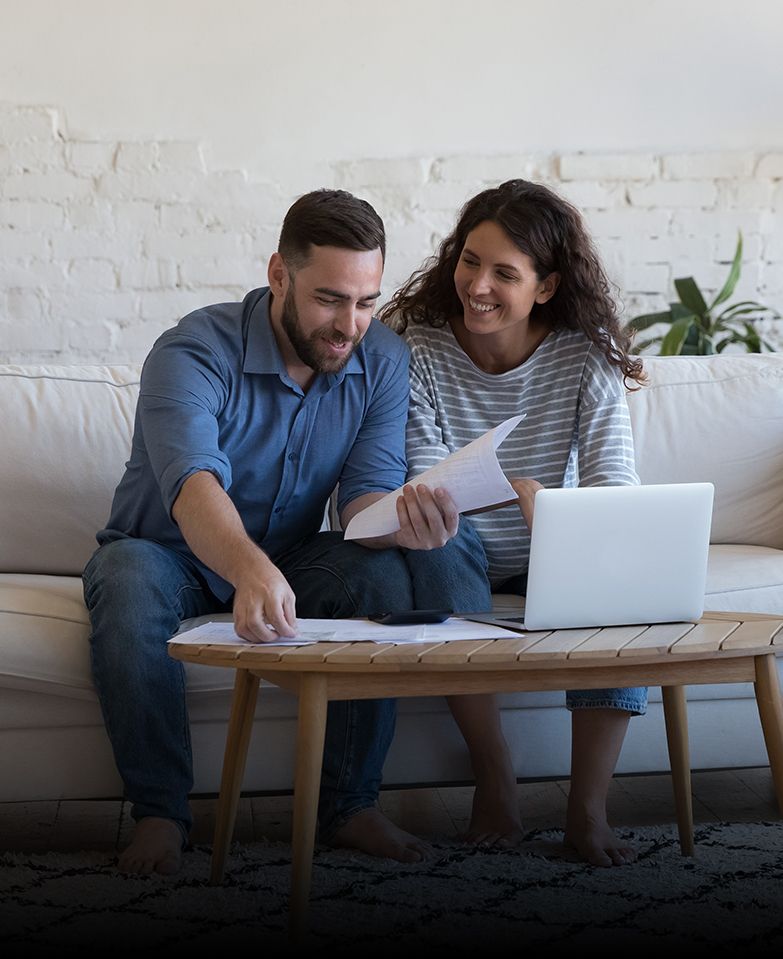
What Is Virtual Payment Address (VPA) - Meaning & Benefits
Key Takeaways
|
Managing financial transactions efficiently and securely in the age of instant payments is a top priority for most. Enter the Virtual Payment Address (VPA), a tool revolutionising how we handle money digitally. This guide breaks down the essence of VPA, exploring its functionality and the many benefits it brings to your financial life.
Whether you're paying bills, splitting dinner costs or managing your savings, understanding Virtual Payment Address can simplify your transactions and enhance your financial security.
Understanding Virtual Payment Address: An introduction
Virtual Payment Address means a unique identifier that allows you to send and receive money without divulging your bank account details. This address is linked directly to a person's bank account and functions as an alias to the complex bank account number and IFSC code system, making digital transactions simpler and more secure.
- VPA full form: The full form of VPA is Virtual Payment Address.
- How VPA works: VPA operates under the Unified Payments Interface (UPI) system, which is a real-time payment system developed by the National Payments Corporation of India (NPCI).
- User friendly interface: VPA is designed to be user-friendly, allowing even non-tech-savvy users to make transactions with ease.
- Multiple VPAs: Users can create and manage multiple VPAs for different bank accounts, enhancing flexibility in managing finances.
- Customisable: Many banks allow you to customise your VPA, making it easy to remember, like yourname@bankname.
Main Benefits of Using a Virtual Payment Address
Using a VPA offers several advantages, particularly in enhancing the convenience and security of financial transactions. Some of them include -
- Ease of transactions: Virtual Payment Address simplifies the transaction process as users need only know the VPA of the recipient to transfer funds.
- Enhanced security: Since actual bank details are not shared, the risk of fraudulent activities is significantly reduced.
- Instant transfers: Transactions using VPA are instantaneous, facilitating real-time payments and receipts.
- No need for multiple details: There's no need to remember and enter multiple banking details for each transaction.
- Privacy protection: Keeps your financial details private, protecting you from potential identity theft.
- Cost effective: Most VPA transactions are free or have a very low cost compared to traditional bank transfer fees.
Set up your VPA with Kotak811
Before you start
- Keep your mobile number active on the phone you will use. It must be the number registered with your Kotak811 account.
- Have your 811 Digital Saving Account or 811 Edge Savings Account ready.
- Keep your Kotak debit card handy to set your UPI PIN.
Create your VPA through the Kotak811 app
- Open the Kotak811 app and sign in.
- Tap UPI and choose Create UPI ID (VPA).
- Pick a handle you like, for example yourname@kotak.
- We verify your mobile number through a one-time SMS. Follow the prompts on screen.
- Set your PIN. Enter the last six digits and expiry date of your Kotak Debit Card, then create a secure 4 or 6 digit PIN.
- Set this account as your default for payments and collections.
- Make a small self-transfer to confirm everything works.
Link and manage multiple accounts
- To add more bank accounts to the same VPA, go to UPI → Manage Accounts → Add account and follow the prompts.
- You can keep one default account for quick payments and switch to another before a transaction if needed.
- You can also create more than one VPA and map each to different accounts for easy tracking.
Quick checks and good practice
- Complete your e-KYC in the app if you have not done it yet. It takes only a few minutes and keeps your account secure.
- Never share your UPI PIN with anyone. Bank representatives will never ask for it.
- If you change your mobile number, update it with us first, then re-register UPI in the app.
- That is all. Your Virtual Payment Address is ready to use with your Kotak811 savings account for seamless payments and collections.
How to Make Transactions via Virtual Payment Address
Send money
- Open Kotak811 → UPI → Pay.
- Enter the receiver’s VPA or pick a saved contact.
- Add amount and a short note.
- Choose the debit account and enter your UPI PIN.
- See the success screen and reference number in History.
Receive money
- Share your VPA and ask the sender to pay.
- Or go to UPI → Collect, enter their VPA and amount and send a request.
- You can also show your UPI QR to get paid.
FAQs on Virtual Payment Address
1. What is needed to create a VPA linked to a savings account?
To create a VPA, you'll need your mobile number, a personal bank account and access to your bank's mobile or internet banking platform to set it up through the bank's app.
2. How secure is using a VPA for transactions?
Using a VPA is highly secure because transactions are processed on encrypted UPI platforms, ensuring your bank account details are never exposed during the transaction process.
3. Can I link multiple saving accounts to one VPA?
Yes, you can link multiple savings accounts to one VPA. However, you can designate only one of these accounts as the primary account for executing transactions.
4. Are there any fees associated with using a VPA?
There are no fees for creating or using a VPA. Nonetheless, it's a good idea to review any related fees under your savings account terms.
5. What is the role of virtual payment address (VPA) in UPI?
VPA means a unique identifier in the UPI system. It lets you send and receive money without sharing your bank account number or IFSC code. By linking your bank account to a VPA, you can make secure transactions using just this easy-to-remember address.
Conclusion
Another thing people often wonder is whether VPA and UPI ID are different. The truth is, they are just two names for the same thing. Think of your Virtual Payment Address as a nickname for your bank account, something you can easily share without revealing your actual account number. UPI, on the other hand, is the system that makes everything work behind the scenes. Together, they make sending and receiving money feel effortless. Whether you are scanning a QR code at your local grocery shop, paying bills on an app, receiving a refund from a website or requesting payment from a client, your VPA quietly takes care of it all. It slips into everyday transactions without fuss, keeping things simple, quick and secure.
Popular Searches on Kotak811
Kotak 811 | 811 Super Account | Super Savings Account Fees And Charges | Best Zero Balance Account Opening Online | Best Credit Card for Online Shopping In India | FD Credit Card | Visa Debit Card | Apply for Image Debit Card | Metal Debit Card | ActivMoney Savings Account | Open Savings Account Online | Savings Account Fees and Charges | Check Your CIBIL Score | Reactivate Dormant Account Online | Digital Savings Account | Apply for Personal Loan Online | Personal Loan for Education | Personal Loan For Marriage | Personal Loan For Medical Emergency | Personal Loan For Travel | Unsecured Personal Loans | Complete Guide on Fixed Deposit (FD) | Unfreeze Your Bank Account | How To Find Your Bank Account Number | How To Unfreeze Frozen Bank Account | How To Reactivate An Inactive Or Dormant Savings Account | What Is A Passbook | Zero Balance Current Account Opening Online | Zero Balance Current Account Fees & Charges | How To Get Airport Lounge Access On Debit Card | 811 Mobile Banking App
This Article is for information purposes only. The views expressed in this Article do not necessarily constitute the views of Kotak Mahindra Bank Ltd. (“Bank”) or its employees. Bank makes no warranty of any kind with respect to the completeness or accuracy of the material and articles contained in this Newsletter. The information contained in this Article is sourced from empanelled external experts for the benefit of the customers and it does not constitute legal advice from Kotak. Kotak, its directors, employees, and contributors shall not be responsible or liable for any damage or loss resulting from or arising due to reliance on or use of any information contained herein.
Share




